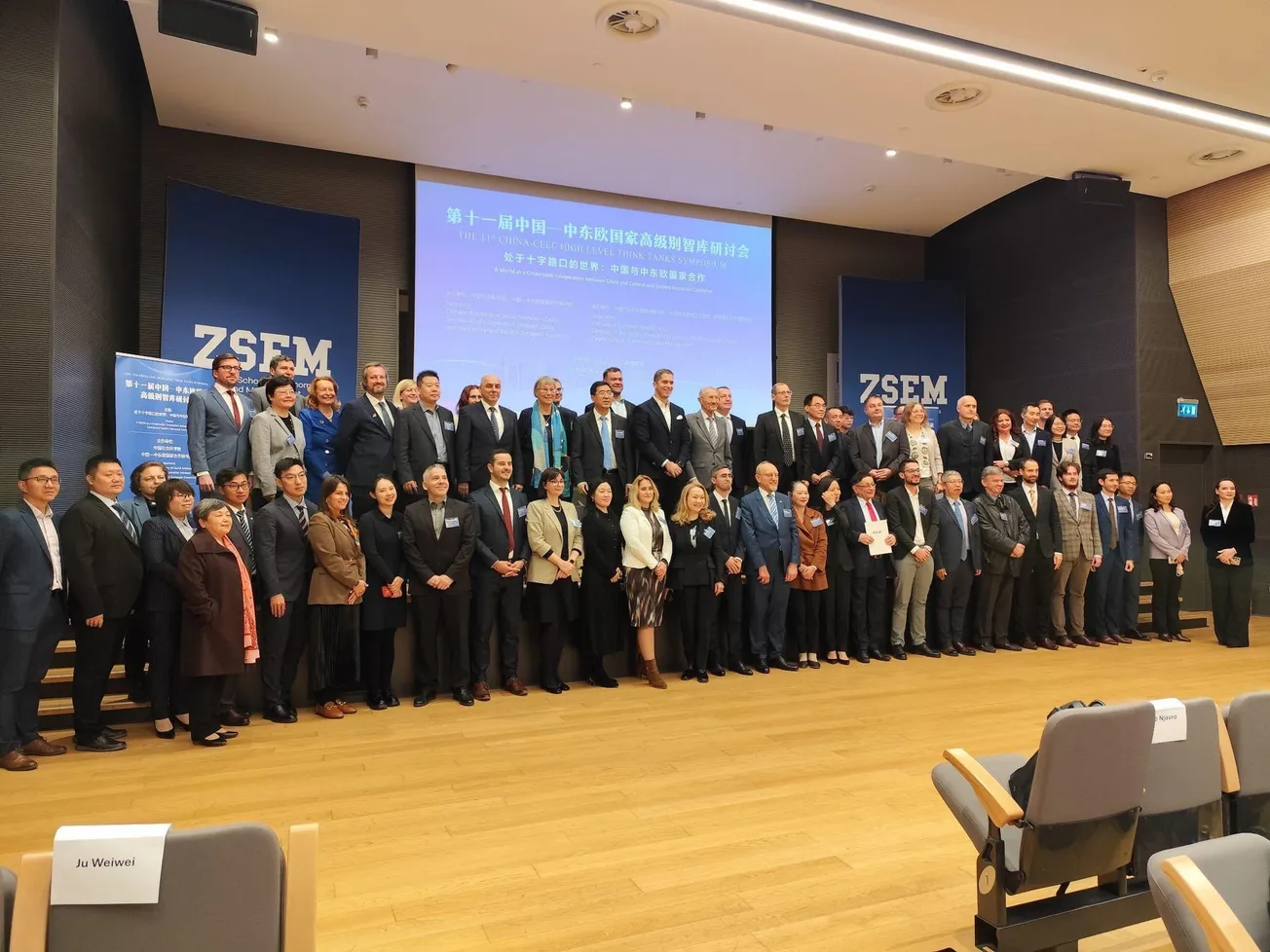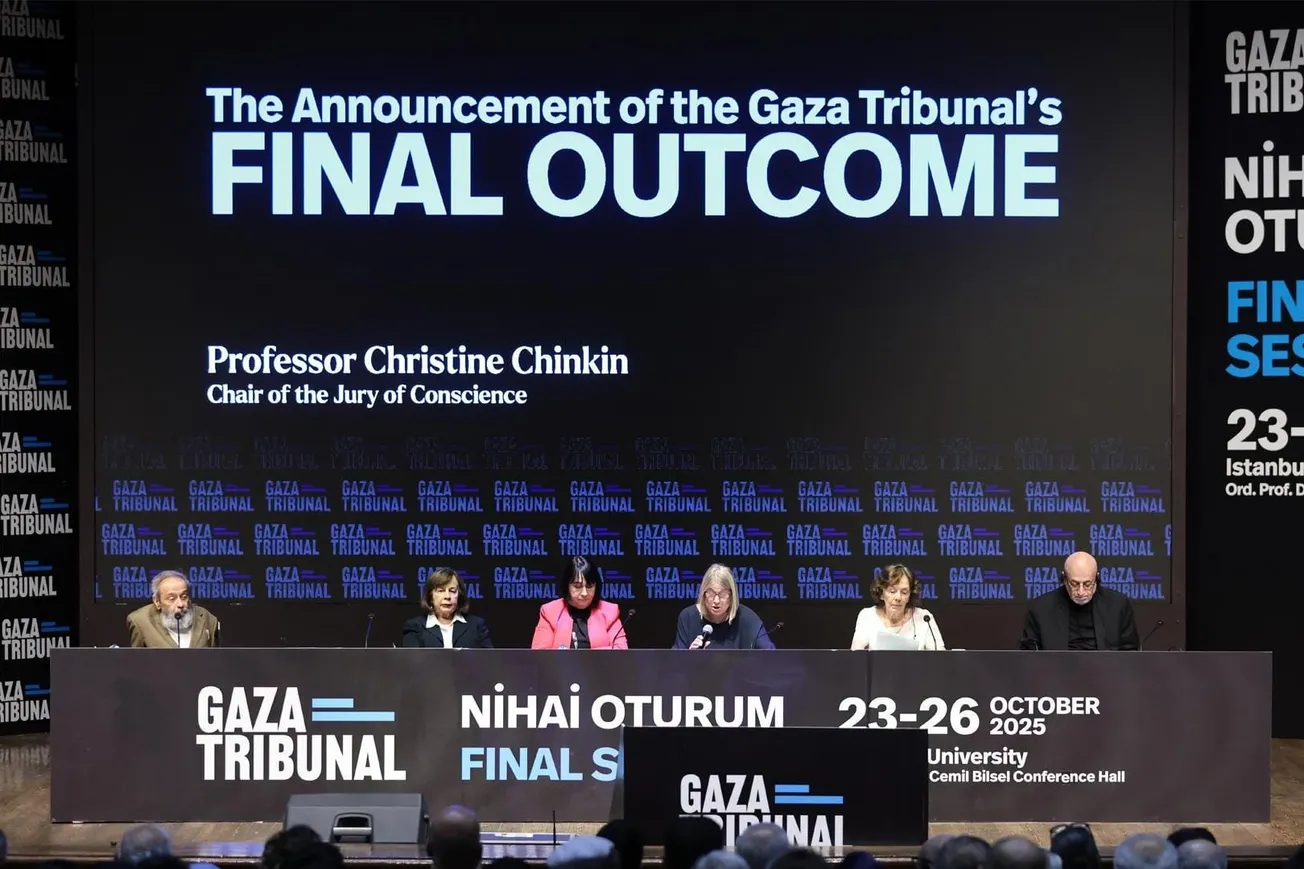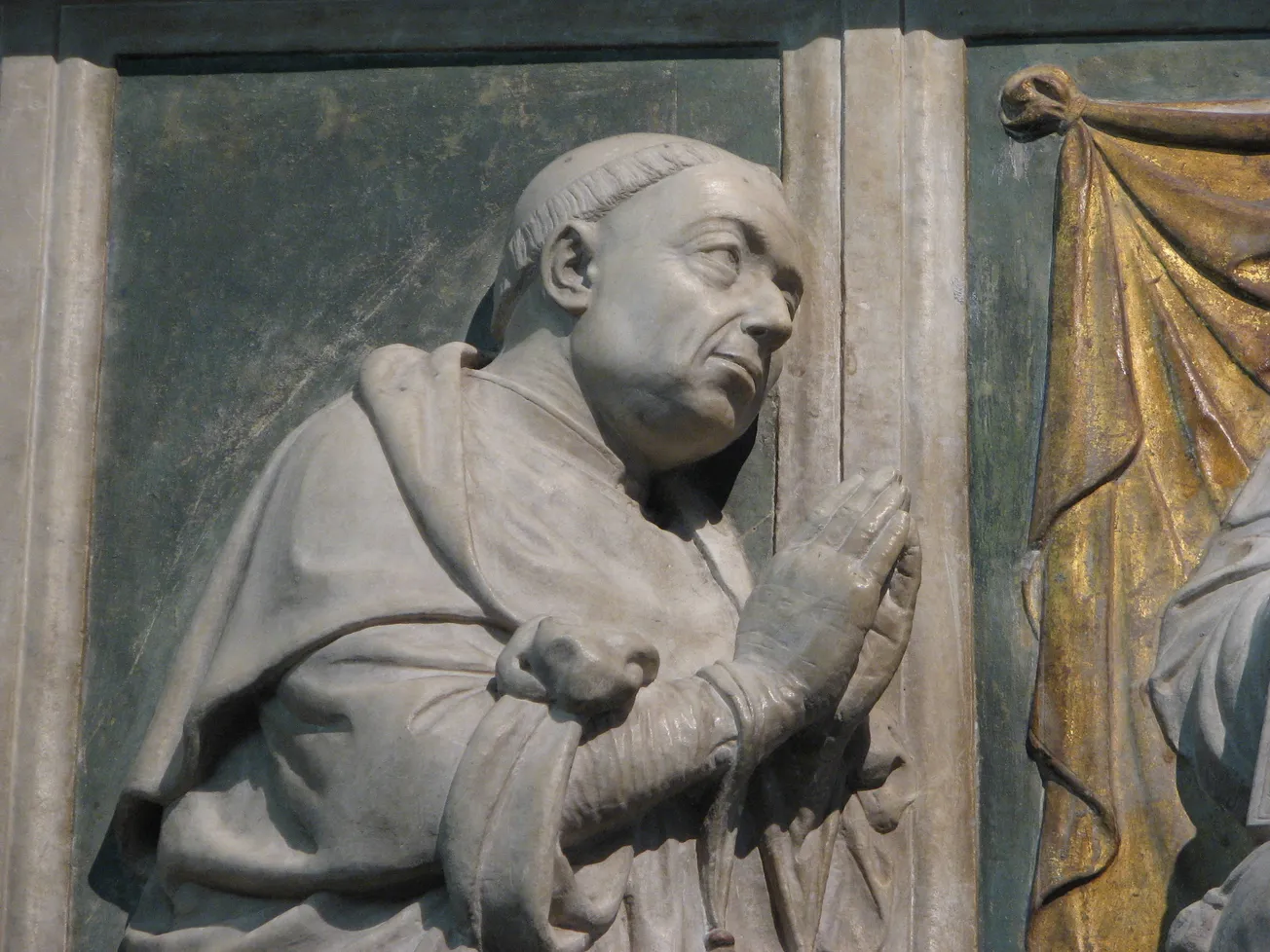On April 16, 1953, just three months after his inauguration, U.S. President Dwight D. Eisenhower spoke to the American Society of Newspaper Editors, on “The Chance for Peace.” Behind the scenes, Eisenhower was arranging for an armistice to end the Korean War, which would ultimately be signed July 27, 1953, although it left Korea divided in two.
The new President was looking for something more profound—an enduring peace based on “our firm faith that God created men to enjoy, not destroy, the fruits of the Earth and of their toil.” In presenting his view, Eisenhower laid bare his belief that the factories that produced for war could be turned into productive facilities which would produce the necessities of human existence and peace. The statesman and physical economist Lyndon LaRouche referred to that phenomenon as “retooling” facilities for productive purposes.
We present here some quotes from Eisenhower’s momentous April 1953 speech, delivered by a Five-Star General who, after having led the Allied forces in Europe as Supreme Commander during World War II, had declared on Jan. 10, 1946 before the Canadian Club, Ottawa:
I hate war as only a soldier who has lived it can; only as one who has seen its brutality, its futility, its stupidity.
Here is Eisenhower’s implicit roadmap, seven years later, as a critique of policies at the time, to convert war industries from weapons to plowshares.
In that spring of victory [in 1945] the soldiers of the Western Allies met the soldiers of Russia in the center of Europe. They were triumphant comrades in arms. Their peoples shared the joyous prospect of building, in honor of their dead, the only fitting monument—an age of just peace. All these war-weary peoples shared too this concrete, decent purpose: to guard vigilantly against the domination ever again of any part of the world by a single, unbridled aggressive power.…
What can the world, or any nation in it, hope for if no turning is found on this dread road? The worst to be feared and the best to be expected can be simply stated.
The worst is atomic war.
The best would be this: a life of perpetual fear and tension; a burden of arms draining the wealth and the labor of all peoples; a wasting of strength that defies the American system or the Soviet system or any system to achieve true abundance and happiness for the peoples of this Earth.
Every gun that is made, every warship launched, every rocket fired signifies, in the final sense, a theft from those who hunger and are not fed, those who are cold and are not clothed. This world in arms is not spending money alone. It is spending the sweat of its laborers, the genius of its scientists, the hopes of its children.
The cost of one modern heavy bomber is this: a modern brick school in more than 30 cities.
It is two electric power plants, each serving a town of 60,000 population.
It is two fine, fully equipped hospitals. It is some 50 miles of concrete highway.
We pay for a single fighter plane with a half-million bushels of wheat.
We pay for a single destroyer with new homes that could have housed more than 8,000 people….
The hunger for peace is in the hearts of all peoples—those of Russia and of China no less than of our own country. They conform to our firm faith that God created men to enjoy, not destroy, the fruits of the Earth and of their own toil.
They aspire to this: the lifting, from the backs and from the hearts of men, of their burden of arms and of fears, so that they may find before them a golden age of freedom and of peace.






